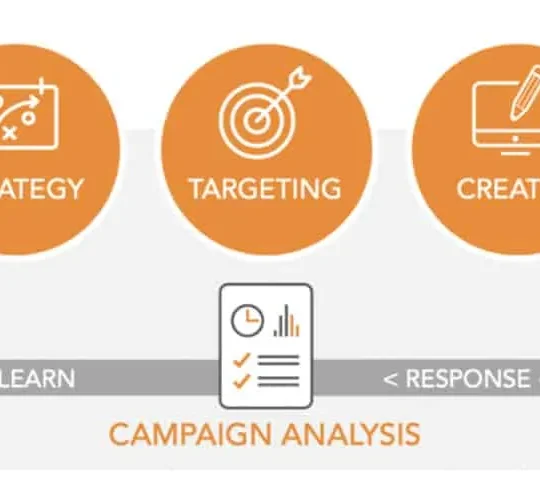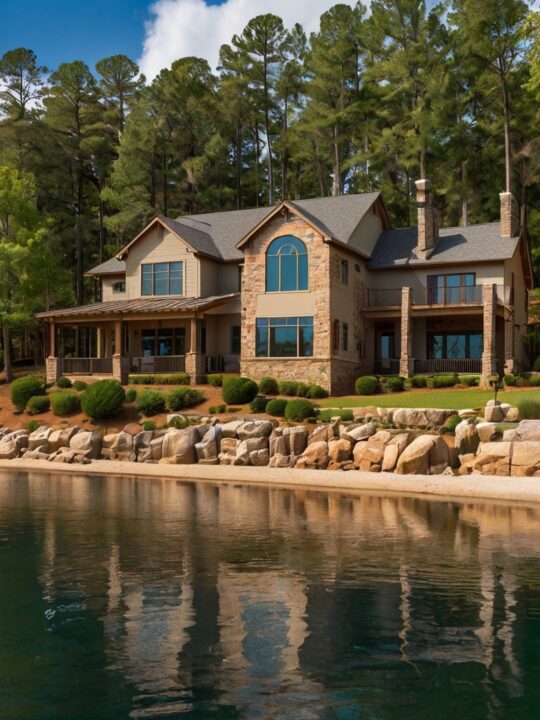 Cloud phone systems dissect audio into digital packets transmitted over the internet. This allows your team to work together remotely without any quality issues. Some phone system features like auto-attendant can eliminate the need for a live receptionist and help your agents handle calls faster. Another feature is click-to-call, which lets you make calls with a single mouse click.
Cloud phone systems dissect audio into digital packets transmitted over the internet. This allows your team to work together remotely without any quality issues. Some phone system features like auto-attendant can eliminate the need for a live receptionist and help your agents handle calls faster. Another feature is click-to-call, which lets you make calls with a single mouse click.
Table of Contents
Integrations
Hosted phone systems on the cloud can integrate with other business software. This beginner guide to cloud phone at Ooma allows remote and on-site teams to access important information quickly and improve customer service efficiency. For example, top-rated cloud phone services provide a virtual receptionist or auto-attendant that automatically routes calls to the proper departments. You can customize greetings and add on-hold messages to increase the caller experience. This is an effective solution for businesses that need more money to hire a live receptionist. Some cloud phone systems also offer click-to-call features that allow customers to select and dial a number on their computer screen. This is particularly useful for companies with a significant e-commerce presence and helps reduce customers’ time on hold while trying to reach customer support. Other integrations include call groups and queues that reduce the number of voicemails, missed calls, or busy signals by routing incoming calls to multiple extensions.
Voicemail
Unlike landline or on-premises PBX systems, cloud phone systems don’t require expensive hardware. They work by breaking voice data into digital packets that travel over an internet connection to a hosted server, where they’re stored for call processing. These servers can be located anywhere, including at the provider’s data center or the cloud. Nevertheless, they require a reliable business broadband connection to ensure excellent call quality and functionality. Most cloud providers offer system management dashboards that give centralized control to users, making it easy for them to add features and make adjustments. This allows teams to optimize the call experience for customers, enhancing their brand reputation and customer loyalty. Some cloud phone systems also allow callers to schedule a time for a callback, eliminating the need to wait on hold. This feature saves agents and customers time and improves overall customer support management. It also enhances team productivity by allowing them to focus on high-priority calls.
Call Routing
Cloud phone systems offer call routing capabilities that help businesses manage their calls. They route calls to specific employees based on the number they are calling from, the information in their caller ID, or other criteria set by system admins. This helps businesses save time, resources, and money on phone calls. The technology behind these systems also allows business owners to track the success of marketing campaigns. This can help business owners identify areas where their strategies need improvement. Another advantage of this type of technology is its reliability. Since these systems are hosted off-site, they require less equipment and technical expertise to set up and maintain. They also have multiple locations where data is stored, ensuring that the rest of the system still functions properly even if one server fails. This provides a level of security that traditional on-site PBX can’t match.
Call Analytics
Using call analytics tools, cloud phone systems provide business owners with data on the success of their marketing campaigns and sales efforts. With this information, a company can pinpoint areas where improvements can be made to boost sales and customer satisfaction. Cloud systems eliminate the need for internal IT resources to manage hardware and software, which saves time and money. With a managed system, IT professionals can focus on other business priorities, and your team members can stay focused on the work. One of the most popular cloud phone features is Auto-attendant, which can help automate and speed up call flow. This digital receptionist can handle inbound calls, route them to suitable agents, and give out important information like directions or hours of operation. It also lets callers skip the live receptionist and reach an agent immediately. Voicemail-to-email is another handy feature that transcribes voice messages and sends them as audio files to users’ email accounts. These audio files are accessible on a broader range of devices and don’t clog up users’ device data.







